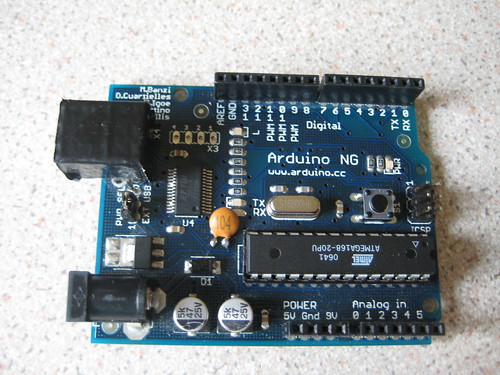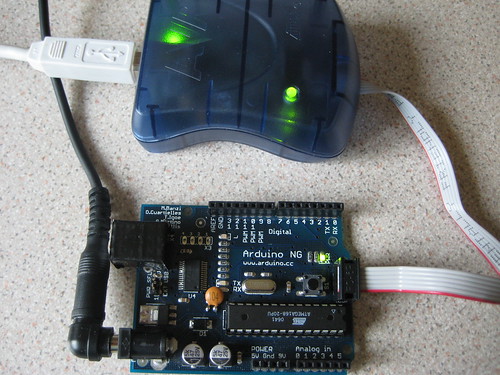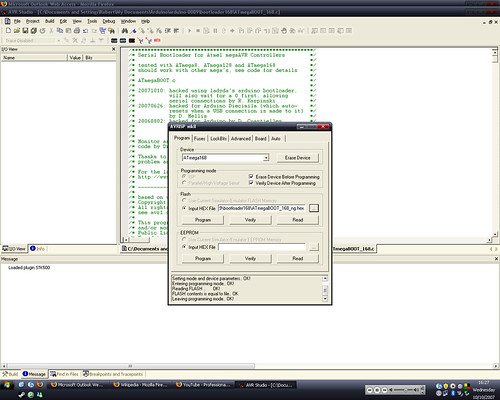Knowledge Updates
Recently I’ve moved into University. I’m doing a course in Electronic Engineering, and I hope to gain a masters at the end of it.
So far I’m in my 5th week (4rd week of teaching) and I’m finding it very different, but also very interesting. The day is split up into hour blocks, with the first 50 minutes for lectures, and the remaining 10 minutes so that you can rush to the next thing on the timetable. I get 6 hours a week in laboratories messing around with components, and then the rest is theory, and there is quite a bit of that, with me spending about 26 hours a week working. There is on top of that exercises and prep work to be done outside of lectures and labs. That makes it quite intensive as courses go.
I’m living in halls on campus, however there are only 7 people on my floor, 3 girls and 3 other boys. As our floor is none too spacious we have gotten to know each other quite well and enjoy ourselves. I’m a bit new to actually living away from home so things are very different for me, but I seem to be managing.
All this change in scenery has not slowed my electronics. Today I received my latest order from Rapid. This consisted of about 300+ 0.1µF capacitors, 50×2 header pins, a 35A 600V bridge rectifier and an AVR ISP MKII. I bought the 0.1µF capacitors because they are rather ubiquitous in electronics as de-coupling capacitors, they are also used in the Arduino Diecimila, but more about that later. The 50×2 header pins are for in circuit programmers, to go along with the AVR ISP MKII for the new AVR projects that I’m planning. However the 35A 600V bridge rectifier is for an older project, I wanted to see if it could be practically be used in the intended application, or whether it would just be destroyed, unfortunately the intended application is a secret for the moment. The AVR ISP MKII is, unsurprisingly, for programming AVR projects. I also wanted to get it for burning Arduino boot loaders.
Recently a new Arduino board, the Arduino Diecimila has been released. This board is an updated version of the Arduino NG, which I own. It features a couple of new features, most notably a 3V3 out and an auto reset function. With the NG you needed to press reset to load a new program onto it, and it took 10 seconds to initialize the program when power was turned on, with the Diecimila this is not necessary and it boots up much faster. Normally I’d need to buy a new batch of Arduino Diecimila ATMega168s and boards, but by making some small alterations to the boards, detailed here or here. I went and made the modification to my Arduino NG board as you can see here:
I also needed to upload a new boot loader onto the ATMega168 in order to take full advantage of the 0.1µF capacitor. To do this I needed to connect up the AVR ISP MKII that I also received today. This fitted onto the 2×3 pin header at the rear of the Arduino NG.
Once it was all connected I need to make a few modifications to the boot loader. I did this using Lady Ada’s instructions here, this ended up looking like this:
This was just after uploading the new boot loader to the Arduino NG. I found that this worked perfectly and I shall be doing the same to the rest of the Arduino hardware that I own. I’m also now aiming to start working more with Arduino.
Now with these improvements to my base Arduino I took another look at my accelerometer project, I’m aiming to get the code finished, all be it in a rough-ish form by the end of the week. Once I’ve done that I’ll be posting here about the hardware changed, aims and the code.









